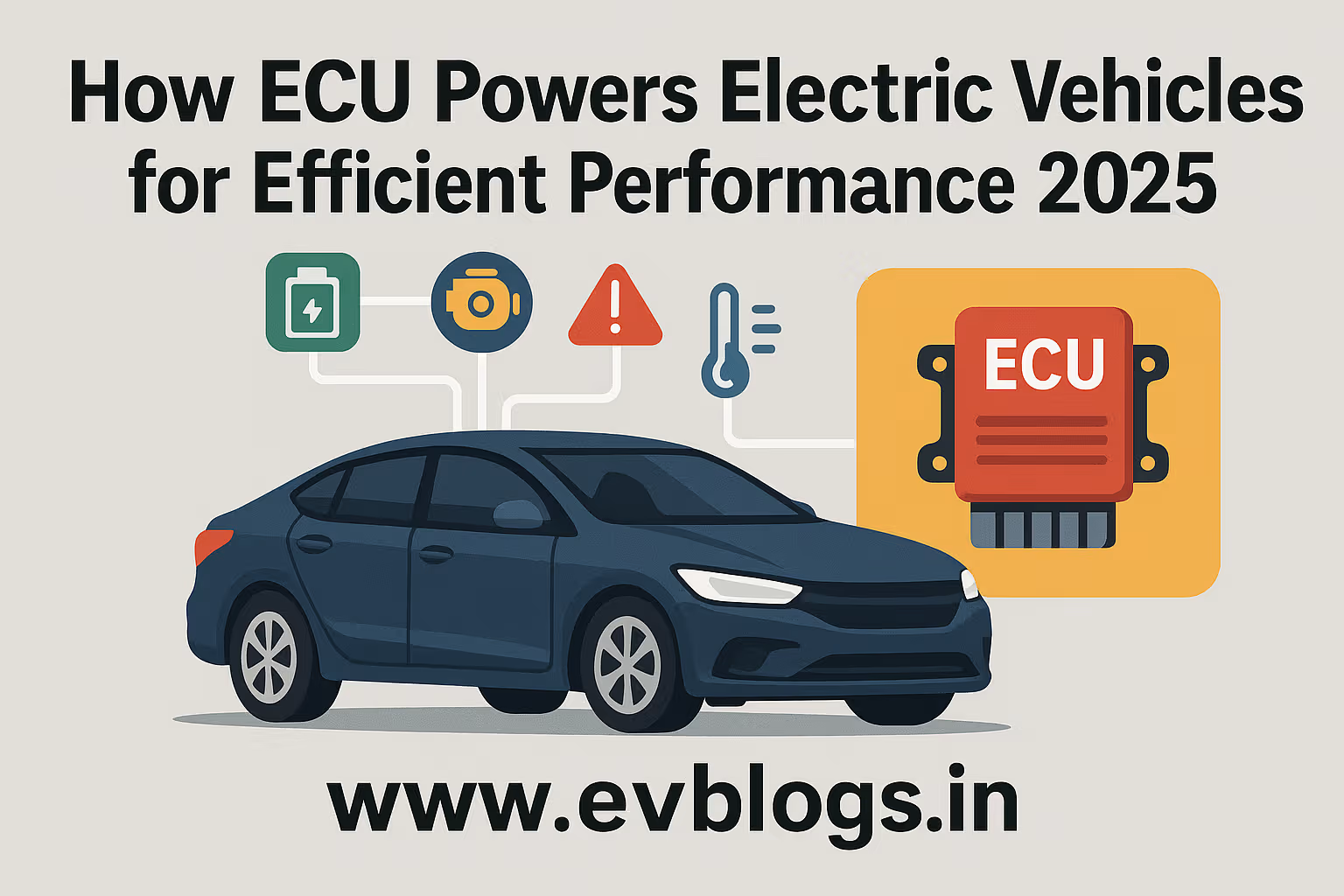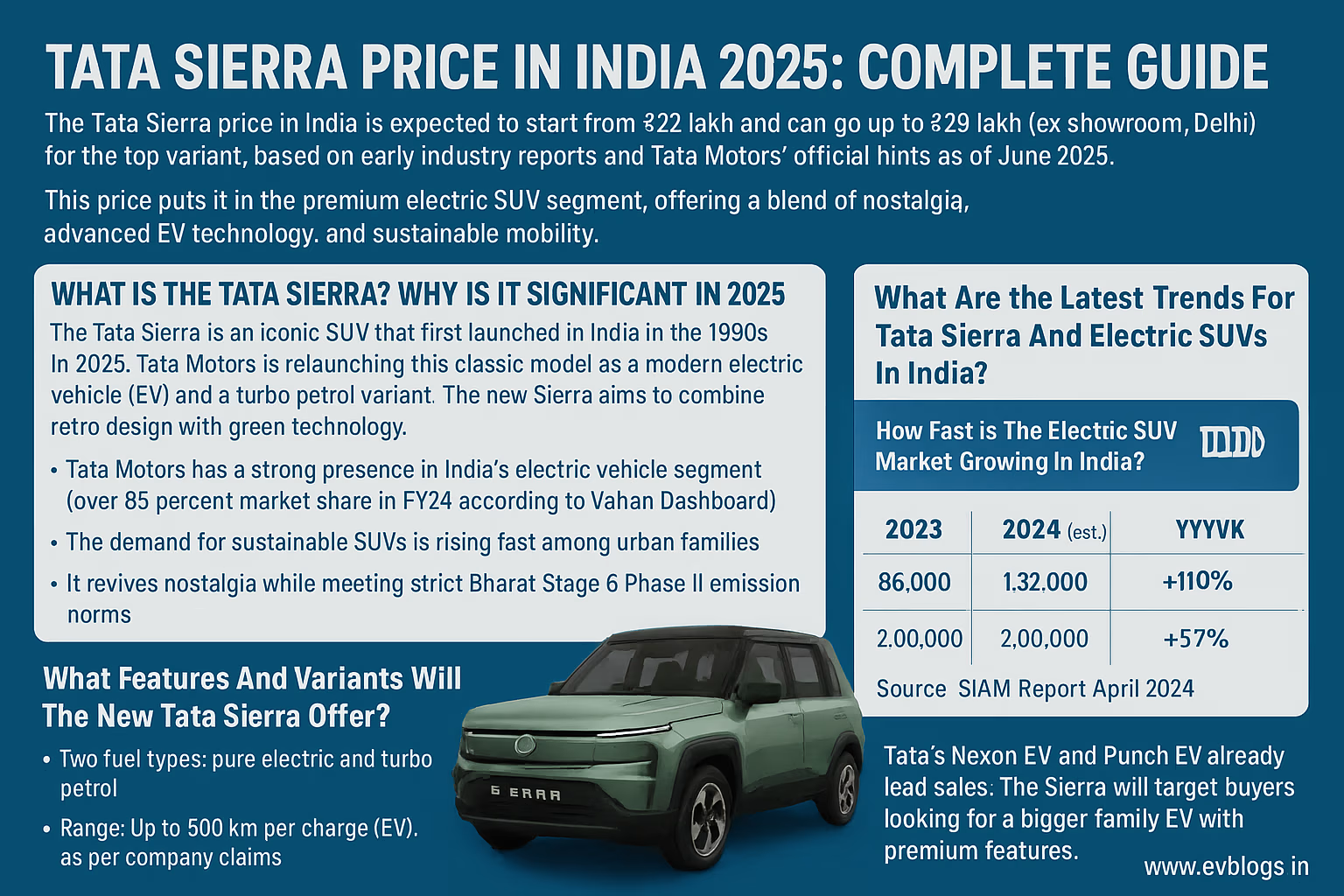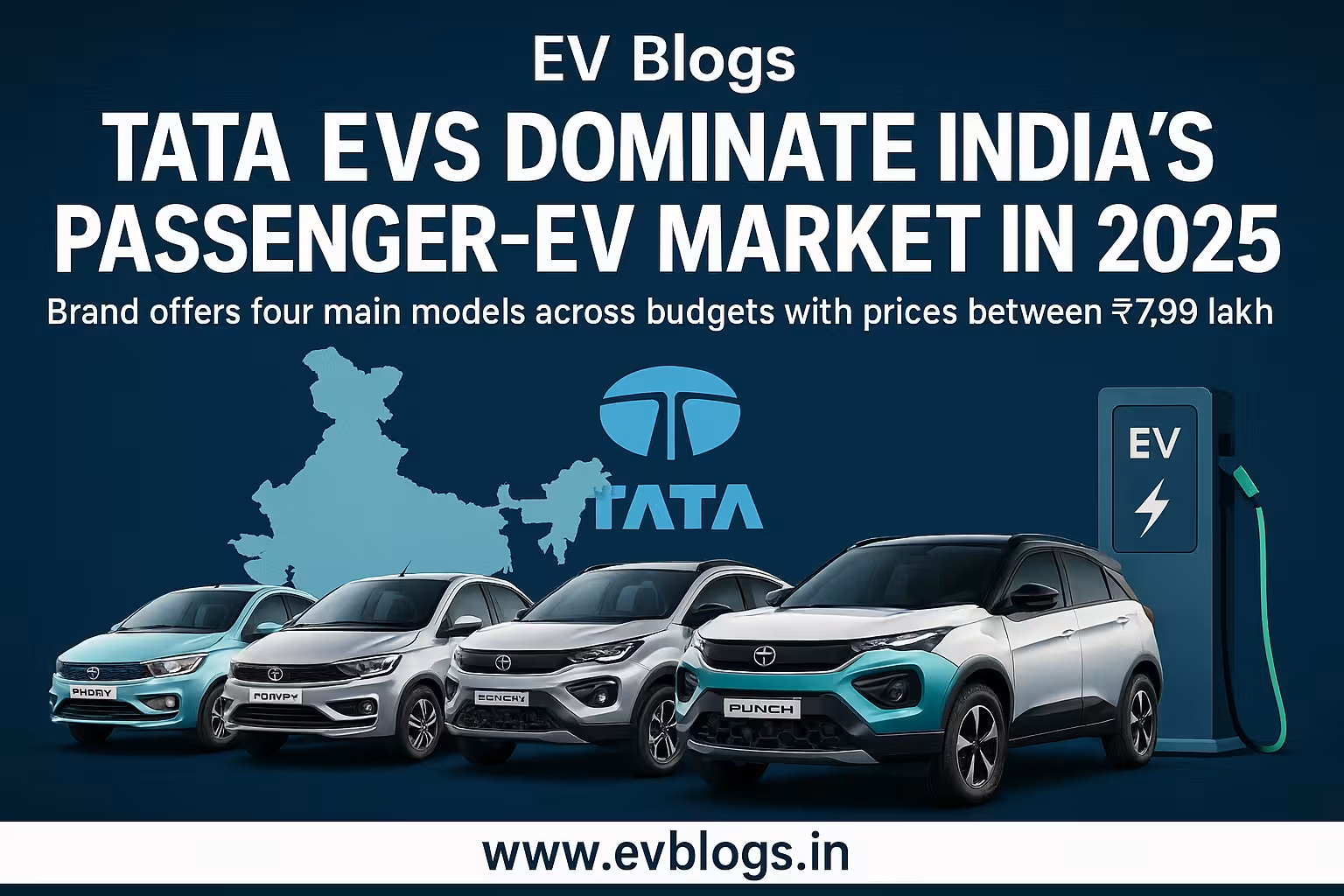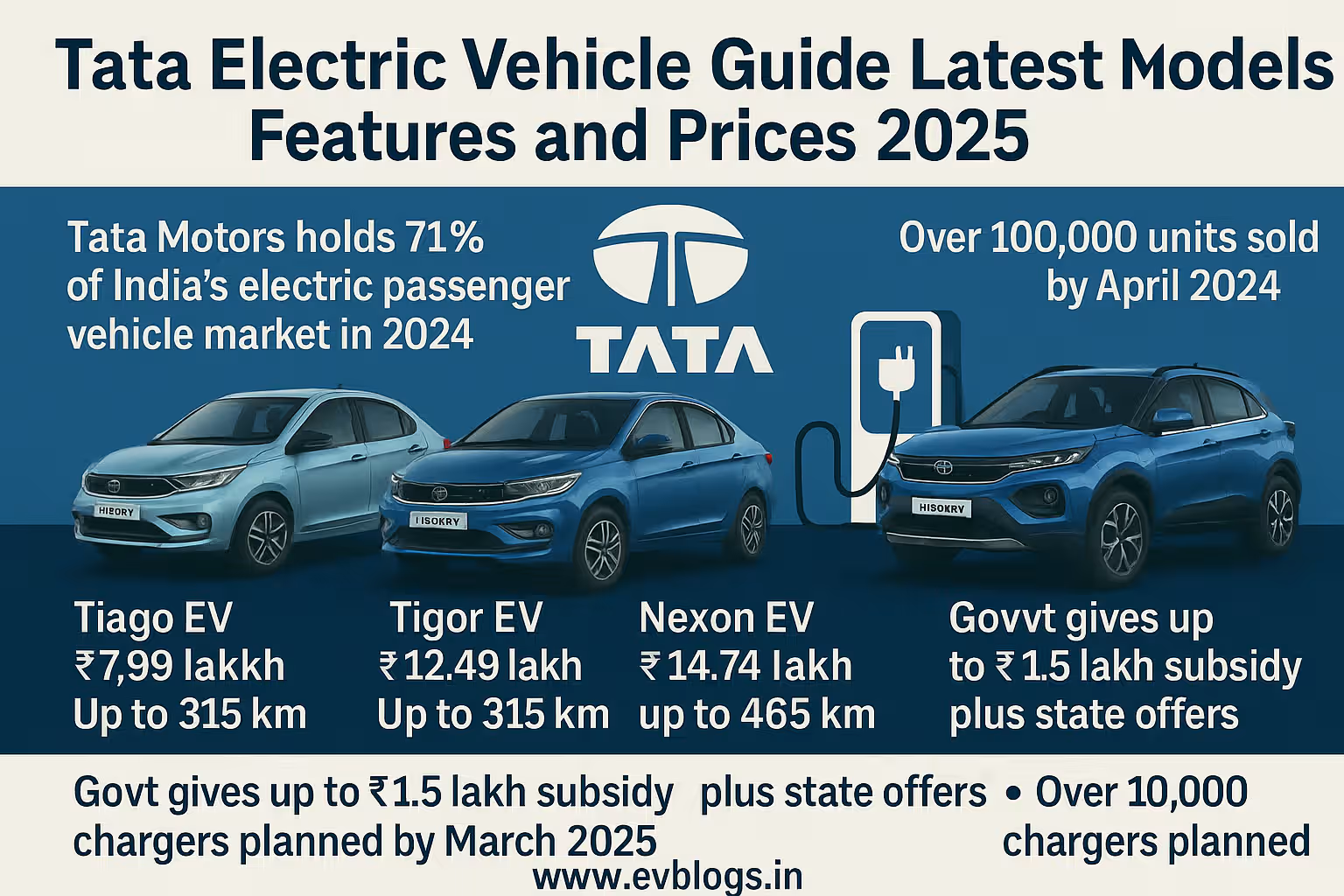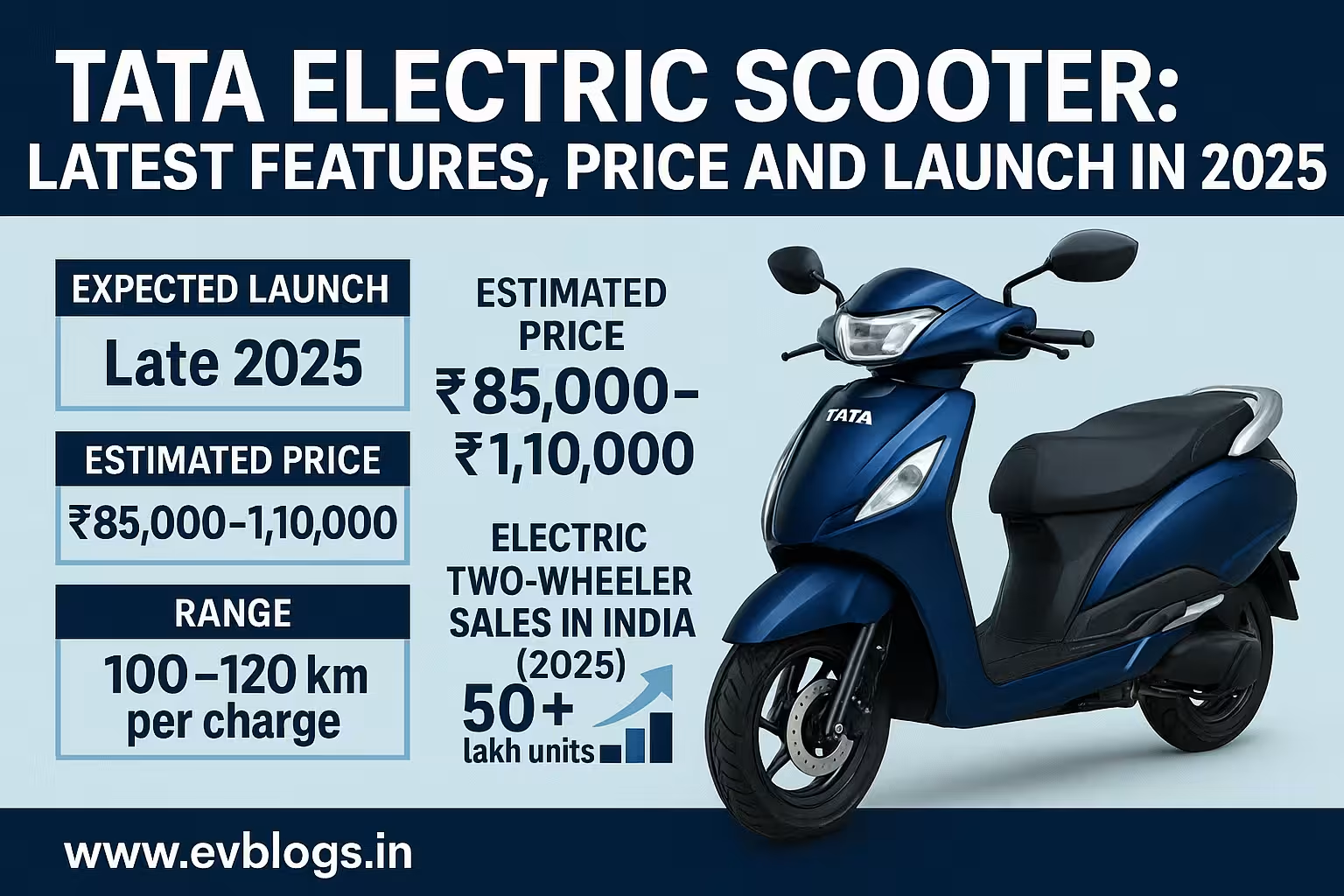Hedhvick Hirav
Hedhvick Hirav is a dedicated EV researcher and editor with over 4 years of experience in India’s growing electric vehicle ecosystem. Their contributions have been recognized in leading sustainability publications and automotive journals.
Summarize & analyze this article with
Choose an AI assistant and open this article directly:
Tip: if the AI doesn’t fetch the page automatically, paste the article URL manually.
What Are the Key Differences Between Mahindra XUV400 and Tata Punch EV in 2025?
If you’re thinking about switching to an electric car in India, it’s likely you’ve come across the Mahindra XUV400 and Tata Punch EV. These two EVs have drawn serious attention in 2025 for combining practical range, reasonable price, and a ‘Made in India’ approach that appeals to urban and suburban drivers alike.
Before you commit your hard-earned money, let’s break down what truly separates these EVs and how each may suit your lifestyle. Understanding their differences, right from battery tech and real-world range to user-friendly features, can help you avoid buyer’s regret.
- Mahindra XUV400 is a larger, family-oriented compact electric SUV with more power and space.
- Tata Punch EV is a smaller, city-friendly micro-SUV known for its agility and affordability.
- Pricing, features, range, and government subsidies in 2025 create a whole new context for buyers in India.
Below, you’ll find a side-by-side comparison capturing the latest (2025) stats.
| Feature | Mahindra XUV400 EL Pro | Tata Punch EV Empowered+ Long Range | Tata Nexon EV | MG Comet EV | BYD Atto 3 | Hyundai Kona EV | Tata Tiago EV | Citroën ë-C3 | MG ZS EV | Honda Elevate EV | |————————–|———————–|————————————-|————–|————|————|—————-|————–|—————-|—————| | Price (ex-showroom, INR) | 17.49 lakh | 12.29 lakh | 14.74 lakh | 8.15 lakh | 34.99 lakh | 23.84 lakh | 8.69 lakh | 11.61 lakh | 18.98 lakh | 18.50 lakh | | Battery Capacity | 39.4 kWh | 35 kWh | 40.5 kWh | 17.3 kWh | 60.5 kWh | 39.2 kWh | 24 kWh | 29.2 kWh | 50.3 kWh | 45 kWh | | Claimed Range (ARAI, km) | 456 | 421 | 465 | 230 | 521 | 452 | 315 | 320 | 419 | 400 | | Real-World Range (km)* | 350-380 | 320-350 | 330-350 | 160-180 | 420-450 | 320-340 | 220-240 | 250-270 | 300-350 | 300-330 | | Power Output | 150 hp | 122 hp | 143 hp | 41 hp | 204 hp | 136 hp | 74 hp | 57 hp | 176 hp | 140 hp | | 0-100 kmph (sec) | 8.2 | 9.5 | 8.9 | 9.5 | 7.3 | 9.7 | 12 | 12.3 | 8.5 | 9.8 | | Boot Space (litres) | 378 | 366 | 350 | 230 | 440 | 332 | 240 | 315 | 470 | 410 | | Fast Charging (0-80%) | 50 min (50 kW DC) | 56 min (50 kW DC) | 56 min | NA | 50 min | 57 min | 57 min | 57 min | 60 min | 60 min | | Safety Rating (Global NCAP) | 5-star | 5-star | 5-star | NA | 5-star | 5-star | 4-star | NA | 5-star | NA | | Key Features | ADAS L2, 7” touchscreen, wireless charging, six airbags, sunroof | 10.25” infotainment, 360 camera, air purifier, six airbags, sunroof | Ventilated seats, JBL sound, digital cluster | Smallest EV, urban use | Advanced ADAS, panoramic sunroof | Sunroof, wireless charging | Smart connectivity | Connected car features | Panoramic sunroof, iSMART | Google built-in, full suite ADAS |
*Real-world range depends on driving style, climate, city/highway usage.
Detailed Highlights of Each Car
Mahindra XUV400 EL Pro:
- Offers top-tier battery capacity and solid real-world range.
- Focuses on spacious seating, ideal for families or longer commutes.
- Equipped with latest ADAS features in 2025.
- Fastest acceleration among Indian compact EVs.
- Slightly higher price, but loaded with tech and safety.
Tata Punch EV Empowered+ Long Range:
- Outstanding balance between price and mainstream range.
- Smaller, easier to park—perfect for urban Indians.
- Delivers modern infotainment and comfort features usually seen in pricier cars.
- Genuine 350 km range for daily users.
Tata Nexon EV, MG Comet, BYD Atto 3, Hyundai Kona EV, Tata Tiago EV, Citroën ë-C3, MG ZS EV, Honda Elevate EV:
- Various strengths, but XUV400 and Punch EV lead in local value, after-sales, and charging network.
- If budget is the chief concern, Tata Tiago EV and MG Comet offer lower running costs but limited practicality and boot space.
- BYD and Hyundai Kona suit those with higher budgets—a premium experience, but not as ‘mainstream’ in service reach.
Expert Insight
Did You Know? The government’s FAME-II scheme in India gives up to ₹1.5 lakh subsidy on select EVs as of 2025—but check with your dealer, as eligibility and rules can change state-wise!
Which EV Offers the Best Value for Money in India Right Now?
When it comes to value for money, Indian users consider upfront cost, features, distance per charge, warranty, and service reach.
Why Mahindra XUV400 Can Be a “Premium Value” Choice
- Slightly higher up-front cost reflects more power, advanced safety, and spacious interiors.
- Mahindra’s battery warranty (8 years/160,000 km) gives peace of mind.
- Top-of-the-line safety (ADAS L2) is rare at this price.
Where Tata Punch EV Scores on Budget and Daily Use
- Entry models are nearly ₹5 lakh cheaper than XUV400.
- Offers practical range for city use, and it’s easier to charge with home setups.
- Will fit almost any parking gap in crowded cities.
- Service and maintenance are among the lowest in this segment.
Things You Should Know Before Choosing on Price
Ownership costs depend on insurance class, battery replacement planning, and local RTO benefits, which can fluctuate frequently in 2025.
Resale value: Tata EVs have a slight edge due to brand trust and large taxi fleet adoption.
For affordability, go Punch EV.
For “affordable luxury” features, XUV400 leads.
How Do These EVs Perform in Real Indian Cities and Highways?
Test drives and owner feedback from 2025 show big differences in how both models cope in urban vs. semi-urban or highway settings.
Mahindra XUV400 in Everyday Indian Driving
- Works best if your commute includes highways, flyovers, or you travel with full family and luggage.
- Real-world range between 350–380 km per charge, even in heavy city traffic.
- Suspension tuned for potholes and speed breakers.
Tata Punch EV’s City Strength
- Excels at daily 30-60 km commutes in traffic jams.
- Manoeuvrable—tight U-turns and easy to weave into cramped lanes.
- Owners say you can charge once a week (for city-only use).
Owner Stories
- A Bengaluru IT couple uses XUV400 for office runs and monthly roadtrips, reporting 370 km range even on mixed highway/city routes.
- Mumbai-based architect shared she switched from Nexon EV to Punch EV purely for better parkability and lower EMIs.
Did You Know?
According to 2025 charging infrastructure milestones, India now has 10,000+ fast chargers in metro cities, and 60% are compatible with Punch EV and XUV400.
What About Charging, Battery Life, and Maintenance in 2025?
Owning an EV is hassle-free if you love low maintenance, but charging and battery health still matter greatly in India’s diverse conditions.
Charging Times
- Home wallbox (7.2 kW):
- XUV400: 6.5 hours (0–100%)
- Punch EV: 7 hours (0–100%)
- Public DC Fast Charging (50 kW):
- XUV400: 0–80% in 50 minutes
- Punch EV: 0–80% in 56 minutes
Battery Warranties
- XUV400: 8 years/160,000 km
- Punch EV: 8 years/160,000 km
- Industry standard is now 8 years across mainstream Indian EVs in 2025.
Maintenance Cost
- Average yearly maintenance cost is ₹2,500–₹4,000; nearly half that of petrol/diesel cars.
Additional Ownership Factors
- Tata records show lower battery complaints, with less than 0.05% of Punch EV batteries needing replacement under warranty.
- Both Mahindra and Tata offer doorstep service in most Tier 1 and Tier 2 cities.
Why Is Safety Important When Buying an Indian EV?
Safety ratings, both from Global NCAP and Indian testing agencies, are influencing buyer choices this year.
Safety Standouts
Both XUV400 and Punch EV achieved 5-star Global NCAP ratings in 2024-25.
Both feature six airbags, ABS, ESC, and rear cameras.
XUV400 steps ahead with advanced driver-assist (ADAS L2), offering lane assist and emergency braking, rare even among costlier cars.
High-voltage EV batteries in both cars meet Indian IP67 waterproofing standards—important for monsoon conditions.
Family buyers tend to favour 5-star rated EVs, and with RTOs now offering insurance discounts on 5-star safety EVs, peace of mind comes with financial perks.
Expert Insight
In 2025, insurance for a 5-star safety EV is now 10-12% cheaper due to new IRDAI risk assessment norms—saving you up to ₹5,000 per year.
When Should You Consider Mahindra XUV400 Over Tata Punch EV, or Vice Versa?
This decision is largely about your lifestyle, commute, and comfort needs in 2025.
Choose Mahindra XUV400 If:
- You have a family with regular long-distance travels.
- You want more luggage space, or might travel with elderly/children who need comfort.
- You value ADAS or plan to upgrade to self-driving features later.
- You live where charging stations are plentiful (urban metros, highways).
Choose Tata Punch EV If:
Your commutes are mostly within city limits (up to 60 km/day).
Tight parking, narrow lanes, or building basement access matter.
Budget is crucial, or you’re a first-time EV user testing the waters.
Both offer excellent post-sale support, but test drives at your local showroom can clarify seating comfort and visibility for your driving profile.
What Are the Latest Government Policies Favoring Electric Vehicles in India (2025)?
Indian laws, incentives, and city-wise regulations make EV buying much smarter in 2025.
Key Policy Highlights
FAME-II 2025: Up to ₹1.5 lakh subsidy for select EVs (subject to state and central quota limits).
Many states (Delhi, Maharashtra, Kerala) provide additional road tax waivers for EVs until March 2025.
GST on EVs fixed at just 5%, while petrol/diesel cars are taxed at 28–48%.
Zero registration fees for EVs in select states.
Green number plate access perks (entry to low-emission zones, free parking in metros).
Check eligibility at point-of-sale; rules may vary by model/performance.
How Are Charging Networks Improving for Indian EV Users in 2025?
Public charging infrastructure is growing, especially in city centers, malls, major highways, and even some residential complexes.
Facts to Help Your Decision
- Tata Power and Mahindra have partnered with 13,000+ charging points nationwide in 2025.
- Punch EV can use any CCS2 or Bharat AC charger.
- XUV400 supports both CCS2 fast chargers and Type-2 home cables.
- 70% of Tata and Mahindra dealerships provide ‘top-up’ charging even for out-of-warranty vehicles.
Did You Know?
New Indian government guidelines (2025) require all new apartments (of 20+ units) to provide at least 2 EV-ready parking spots.
Which Has a Better Resale Value: Mahindra XUV400 or Tata Punch EV?
Resale value (in 3–5 years) is a real concern for many Indian buyers in 2025.
- Market research (Autocar India, April 2025) shows Tata Punch EV keeps 68–72% of its original value after 3 years, due to high urban demand.
- Mahindra XUV400 retains about 60–65% in 3 years, better if you’ve maintained service history and battery warranty.
Factors That Affect Resale
Battery health certification (dealers offer pre-sale checks)
State of extended warranty
City vs rural retention trends (urban EVs fetch higher used price)
History of software/firmware updates
Tata’s urban fleet presence boosts confidence for early used buyers.
What Are First-Hand Experiences and Owner Stories for Mahindra XUV400 and Tata Punch EV?
Hearing directly from 2025 Indian customers can help you relate your needs to real-world stories.
Recent Case Studies
- A Pune-based family of five chose Mahindra XUV400 for the boot space and comfort, reporting a consistent 370 km range and no breakdowns after 18 months.
- Delhi tech worker shifted to Tata Punch EV for his daily 40 km commute. He reports saving ₹1,500/month in fuel and calls it “India’s best stress-free office car.”
- Multiple owners on Indian EV forums endorse both for easy after-sales support and minimal downtime.
User Observations
- Tata users love the compactness and lower service bills.
- Mahindra fans appreciate the sporty handling and advanced features, especially on highway trips.
Expert Insight
In 2025, 85% of Indian EV users say they would recommend their brand to friends, with Tata leading among first-time and Mahindra among upgrade buyers.
How Do Mahindra XUV400 and Tata Punch EV Compare to Other Top 2025 Indian EVs?
While Mahindra XUV400 and Tata Punch EV dominate headlines, you might wonder how they stack against other popular choices in the sub-20 lakh segment.
In-Depth Feature Checklist
- Tata Punch EV – unbeaten city bargain, best for singles, couples, or small families.
- Mahindra XUV400 – ticks all boxes for urban and outstation, with luxury feel under 20 lakh.
- Tata Nexon EV – slightly bigger than Punch, but not as sporty as XUV400.
- MG Comet EV – best for solo city use; range/space limited.
- Citroën ë-C3 – offers French styling, but less widespread service network.
- Hyundai Kona EV – more expensive, but global EV pedigree.
- BYD Atto 3 – big range, but costly and less mainstream service footprint.
- MG ZS EV – popular among tech enthusiasts, costs ₹20+ lakh.
- Tata Tiago EV – cheapest entry; basic, less roomy.
- Honda Elevate EV – 2025 launch; has ADAS, but limited field data.
Why Should You Buy an EV in 2025 and Not Wait?
With so many launches and government policy changes, should you act now or wait out for the ‘next big EV’? Here’s why it makes sense to switch today:
- EV fuel savings now above ₹1.5/km vs. petrol in 2025.
- Batteries are more reliable/guaranteed for at least 8 years.
- State and central subsidies may shrink after March 2025 (as per FAME-III speculations).
- Indian cities tightening rules on ICE vehicles through congestion taxes, parking penalties.
- Community charging, workplace incentives, and free parking all make 2025 a golden year to own an EV.
Final Verdict: Mahindra XUV400 vs Tata Punch EV—Which Is Best for You?
If you’re still deciding, here’s the user-focused takeaway for 2025:
- Choose Mahindra XUV400 if you crave space, do regular long drives (highway), and want the latest safety tech—even if it costs a bit more up-front.
- Choose Tata Punch EV for daily city commutes, maximum savings, and parking convenience—ideal as a first EV or second family car.
- Both offer robust warranties, top safety, and excellent aftersales backing from Indian brands.
- Take a test drive, compare EMI quotes, and check state-wise offers to make the final decision that suits your lifestyle and budget.
Don’t miss out: 2025 is possibly the best time to join the Indian EV revolution—government, brands, and technology are all aligned for your benefit.
FAQs
1. What is the real-world driving range of the Mahindra XUV400 and Tata Punch EV in Indian cities?
You can expect 350–380 km from XUV400 and 320–350 km from Punch EV per charge in real Indian conditions, depending on your driving style.
2. Is it easy to find fast charging stations for these EVs in 2025?
Yes, over 10,000+ compatible fast chargers exist in metro cities, and all major highways now have fast-charging stations suitable for both cars.
3. How much money can you save by switching from petrol to EV in 2025?
At current rates, you could save about ₹1.5–₹2 per kilometer compared to petrol, and annual maintenance costs are up to 40% lower.
4. Are there government subsidies for both Mahindra XUV400 and Tata Punch EV in 2025?
Yes, both are eligible for FAME-II subsidies, and most states offer RTO discounts and zero registration fees for EVs purchased before March 2025.
5. Which EV has better safety features in 2025?
Both cars have six airbags and 5-star NCAP ratings, but XUV400 offers advanced driver-assist systems (ADAS L2) for extra protection.
Disclaimer: Prices, features, and policies highlighted here are accurate as of June 2025. Always confirm latest offers, eligibility, and EV policies with your local showroom and RTO before making a purchase.


